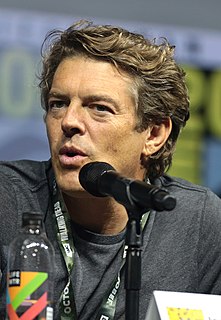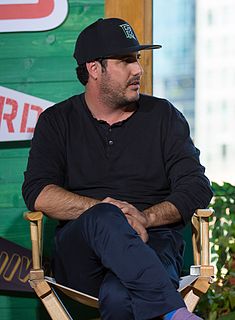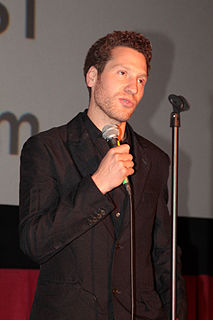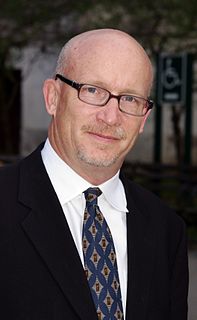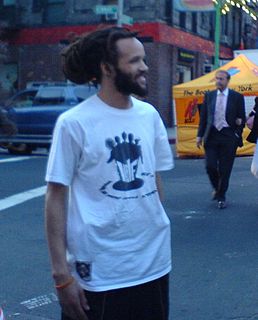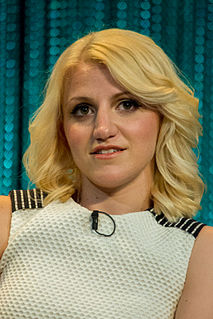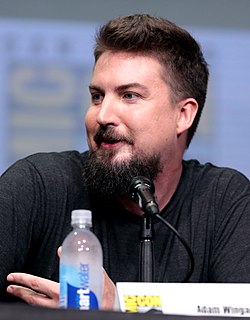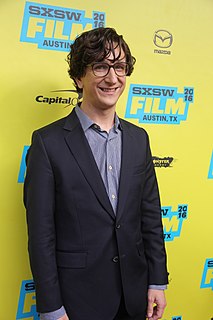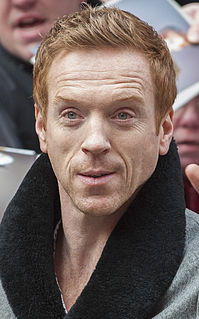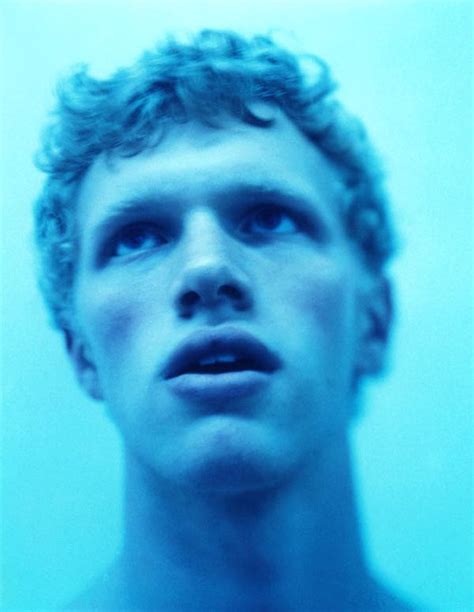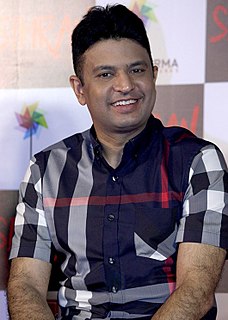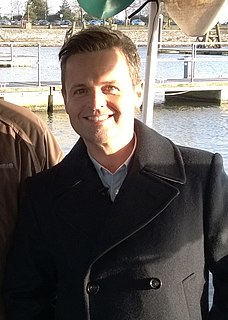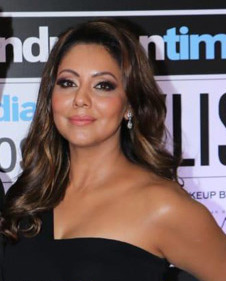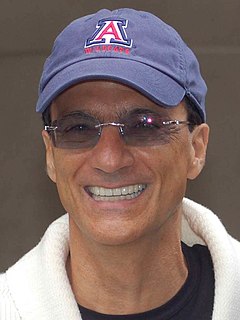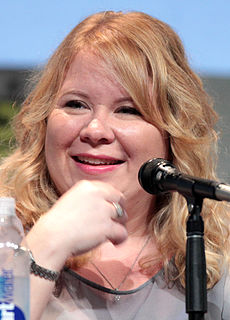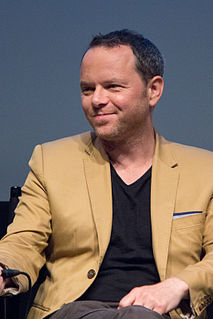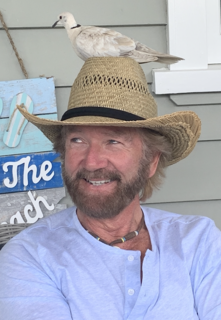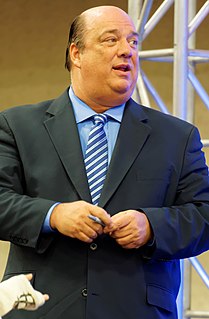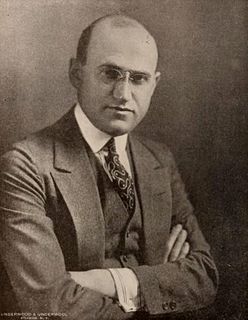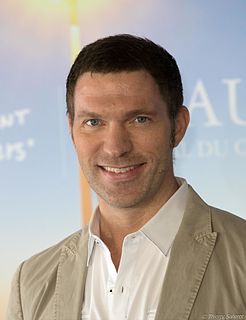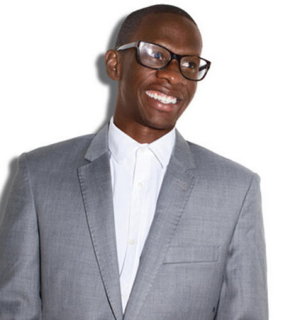A Quote by Jason Blum
YouTube is found footage. It's here to stay, and people will always come up with new concepts that will make sense for found footage.
Related Quotes
I think what's exciting about doing it as found footage - if we all are being honest, found footage gets a little bit of a bad rap sometimes, but I think that there's a lot of potential in the medium in taking it seriously and in treating the audience with respect and in treating the characters with respect in terms of, why is the camera really on? Where would the camera be when it is on?
I found a lot of stuff that's never been seen before. That was the goal: to not use cliché Cold War footage but give people a sense of the place and setting. It's a field you still need. At first it was a lot of fun, and then later it became a little bit intimidating. "Oh my God, I've got so much footage. Where am I going to put it? What am I going to do?" I ended up really only reviewing about 20 to 30 percent of what I had. So it was a task.
There's this kind of incredibly mistaken idea that because it's so much cheaper to roll the camera than it used to be and it's so much easier to accumulate a ton of footage, that then you can just go shoot a ton of footage and the editor will make sense out of it. But if you don't have something deliberate made, you're not gonna save it in the editing room.
We actually found some home videos, some really funny footage of me when I was around 3 years old. I come up to the camera to do a Nixon impression. I don't know who taught me that, but I come up to the camera and said, 'I am not a crook.' I got a really good laugh. You see me register that bringing joy to people is a positive thing.
As for that footage, video footage showing the dead children allegedly killed in the chemical attack, it is horrible. The question is only who did it and what they did, and who is responsible for this. These pictures do not answer the questions I have just posed. There is an opinion that it's a compilation by these very rebels, who are connected with al-Qaida and who were always distinguished by exceptional brutality.
Over time it just got more and more intense as far as the trust factor. For example, when we started editing the film [Dream of Life], I thought, man, I need to make sense of all the footage I have; I need to ground the film. And one day I was hanging out in Patti's [Smith] bedroom, which is where Patti works, and in the corner of her bedroom is this great chair, and that's when she began showing her personal things to me. The camera was there, and we realized that we were really making the movie and making sense of the footage in the movie.
